Art has long been a medium of resistance, a form of storytelling, and a way to reclaim identity. Throughout history, Black artists have used their craft to challenge oppression, uplift their communities, and redefine cultural narratives. One of the most influential figures in this movement was Augusta Savage, a brilliant sculptor of the Harlem Renaissance whose work broke barriers and redefined Black artistic representation. As the first Black woman to open her own art gallery, she not only created legendary sculptures but also paved the way for future Black artists. Her legacy endures as a testament to creativity, perseverance, and the power of art to inspire social change.
Augusta Savage was born on February 29, 1892, in Green Cove Springs, Florida, at a time when opportunities for Black artists were scarce. Despite growing up in a deeply segregated South, she displayed a natural talent for sculpting from a young age. Savage often molded clay into figures, much to the dismay of her father, a minister who viewed art as sinful. However, her passion for sculpting could not be suppressed.
In 1915, Savage moved to West Palm Beach, where she worked tirelessly to refine her skills. Her early sculptures caught the attention of local supporters, leading her to enroll at the Cooper Union School of Art in New York City in 1921. She excelled in her studies, completing a four-year program in just three years. Yet, despite her undeniable talent, racism continued to hinder her progress. When she applied for a summer program in France, she was denied the opportunity solely because she was Black. This injustice only strengthened her resolve to fight for equality in the arts.
Savage's career flourished during the Harlem Renaissance, a cultural explosion of Black creativity that spanned the 1920s and 1930s. Harlem became the epicenter of Black artistic expression, and Savage was at its heart. Her sculptures captured the beauty, strength, and dignity of Black life, rejecting the racist caricatures often depicted in mainstream art.
One of her most famous works, "Gamin" (1929), is a striking bust of a young Black boy with an expressive face that conveys both innocence and resilience. The piece earned her widespread recognition and a fellowship to study in Paris, where she was finally given the artistic opportunities that had been denied to her in the U.S. While in France, she honed her craft, exhibiting her work alongside some of the greatest European sculptors of the time.
Upon returning to the U.S., Savage became not only an artist but also a mentor and advocate. She understood that Black artists needed more than talent—they needed access to education, resources, and platforms to showcase their work.
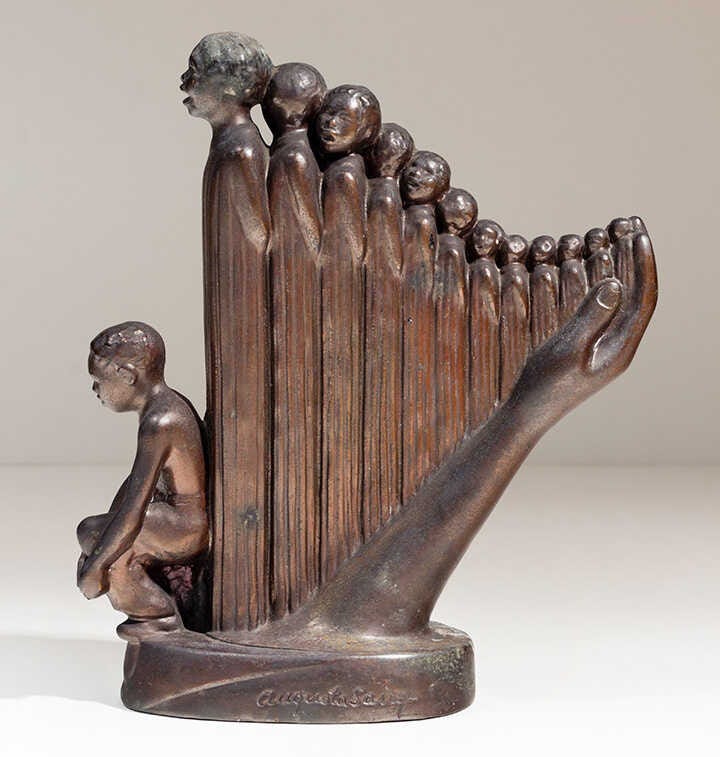
In 1937, Augusta Savage made history by opening the Savage Studio of Arts and Crafts, which later evolved into the Harlem Community Art Center. This was a groundbreaking moment: she became the first Black woman to establish an art gallery and school in Harlem. The center served as a creative haven for young Black artists, offering free art classes and mentorship. Under her guidance, a new generation of Black artists emerged, including Jacob Lawrence, Norman Lewis, and Gwendolyn Knight, who went on to shape modern Black art.
Through her studio, Savage not only provided artistic training but also cultivated a sense of cultural pride and empowerment. She emphasized that Black artists should tell their own stories, using art as a tool for resistance and self-definition. Her influence extended beyond Harlem, inspiring Black artists nationwide to claim their place in the art world.
Savage’s most ambitious and celebrated work was "The Harp" (1939), created for the 1939 New York World’s Fair. The massive sculpture, inspired by James Weldon Johnson’s poem Lift Every Voice and Sing, depicted Black singers as harp strings, symbolizing the power of Black music and resilience.
However, despite the sculpture’s acclaim, it was tragically destroyed after the fair due to a lack of funds to preserve it. This was a devastating loss, reflecting the systemic disregard for Black art at the time. Many of Savage’s other works also did not survive, making the few remaining pieces even more precious.
By the 1940s, Savage withdrew from the mainstream art scene, moving to a small farm in upstate New York. Although she continued to create and teach, she struggled financially and never received the widespread recognition she deserved during her lifetime. Yet, her impact on Black art and culture is undeniable.
Savage’s legacy lives on through the artists she mentored, the barriers she shattered, and the movement she helped build. Today, her sculptures are housed in major institutions, and her contributions to Black art are celebrated worldwide. The Harlem Community Art Center set a precedent for Black-owned art spaces, inspiring generations of Black artists to establish their own creative institutions.
As we celebrate the Black Creators Challenge: Celebrating Legacy Through Art, Augusta Savage’s story serves as a powerful reminder of art’s ability to shape history. Her work was more than sculpture—it was a declaration of Black excellence, resilience, and beauty.
For artists, writers, and creatives today, her journey is an inspiration to push past barriers, reclaim narratives, and create art that uplifts the community. Whether through sculpture, painting, photography, or literature, we can continue her mission by ensuring Black stories and creativity are seen, heard, and honored.
Augusta Savage once said, "I was a leap year baby, and it seems to me that I have been leaping ever since." Indeed, she leaped over obstacles, shattered ceilings, and built bridges for those who followed. Through the Black Creators Challenge, we celebrate not just her artistry, but the legacy of empowerment she left behind—a legacy that continues to shape Black creativity today.
The Black Creators Challenge is a month-long celebration of legendary Black artists, writers, photographers, and visionaries who have shaped culture and creativity. Through weekly highlights, discussions, and creative prompts, we’ll explore their impact and draw inspiration from their work. This challenge is an opportunity to engage with their stories, reflect on their influence, and create art that continues their legacy. Whether you’re an artist, writer, or art enthusiast, join us in honoring Black creativity and its lasting imprint on the world. #BlackCreatorsChallenge
Black Creators Challenge: Augusta Savage-Inspired Activity
Activity: Hands of Strength – Sculpting Stories in Clay
Augusta Savage was a trailblazing sculptor and educator, using her art to uplift and represent Black life. She created powerful works like The Harp (inspired by "Lift Every Voice and Sing") and Gamin, capturing the spirit and resilience of Black communities. Despite facing racial and financial barriers, she dedicated her life to mentoring young Black artists.
Your Challenge for Today:
Sculpt or sketch a figure that represents resilience and creativity.
If you have access to clay, create a small sculpture inspired by Savage’s expressive figures.
If not, make a detailed pencil or charcoal sketch of a person, hands, or symbolic object that represents strength and perseverance.
Focus on Gesture & Emotion.
Savage’s sculptures captured deep emotion—whether it was the determination in Gamin or the spiritual uplift in The Harp. Try to convey a sense of movement, hope, or storytelling in your piece.
Title & Reflect.
Give your work a name that speaks to its meaning.
Write a short note about what inspired your piece and how it connects to Augusta Savage’s legacy.
Share Your Work.
Post it and encourage discussion about Augusta Savage’s impact on Black art history.
Post in the chat or discord.
🔹 Bonus: Research the Savage Studio of Arts and Crafts—her school that helped train the next generation of Black artists. How does mentorship and community play a role in your art journey?
Kerry James Marshall: A Visionary of Black Representation in Art
Kerry James Marshall is one of the most significant contemporary artists of our time, renowned for his groundbreaking work in representing Black life and culture. His art challenges historical narratives, reclaims Black identity, and confronts the absence of Black figures in Western art history. Through his vivid paintings, intricate compositions, and t…


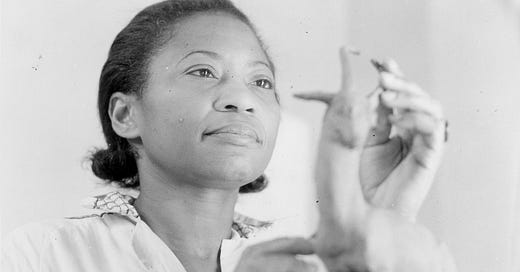




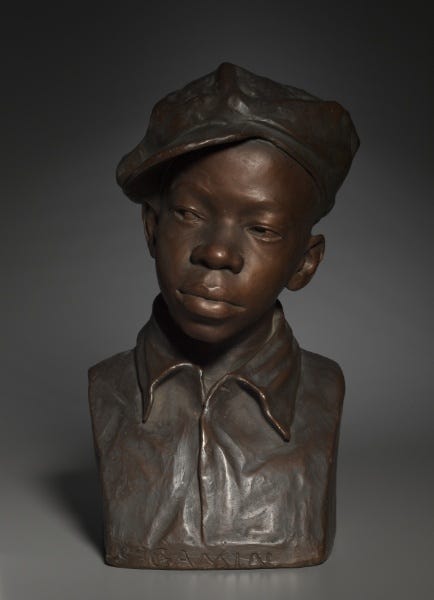
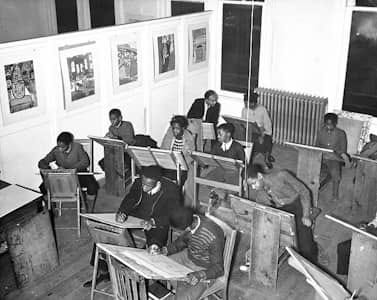
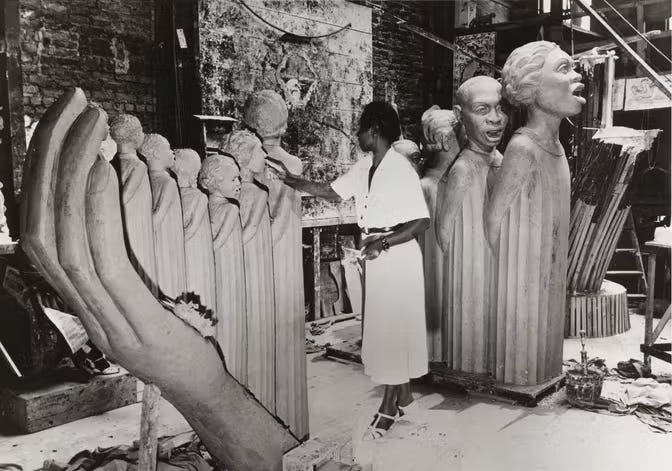
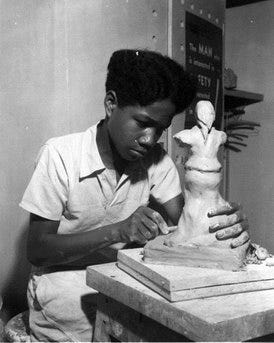
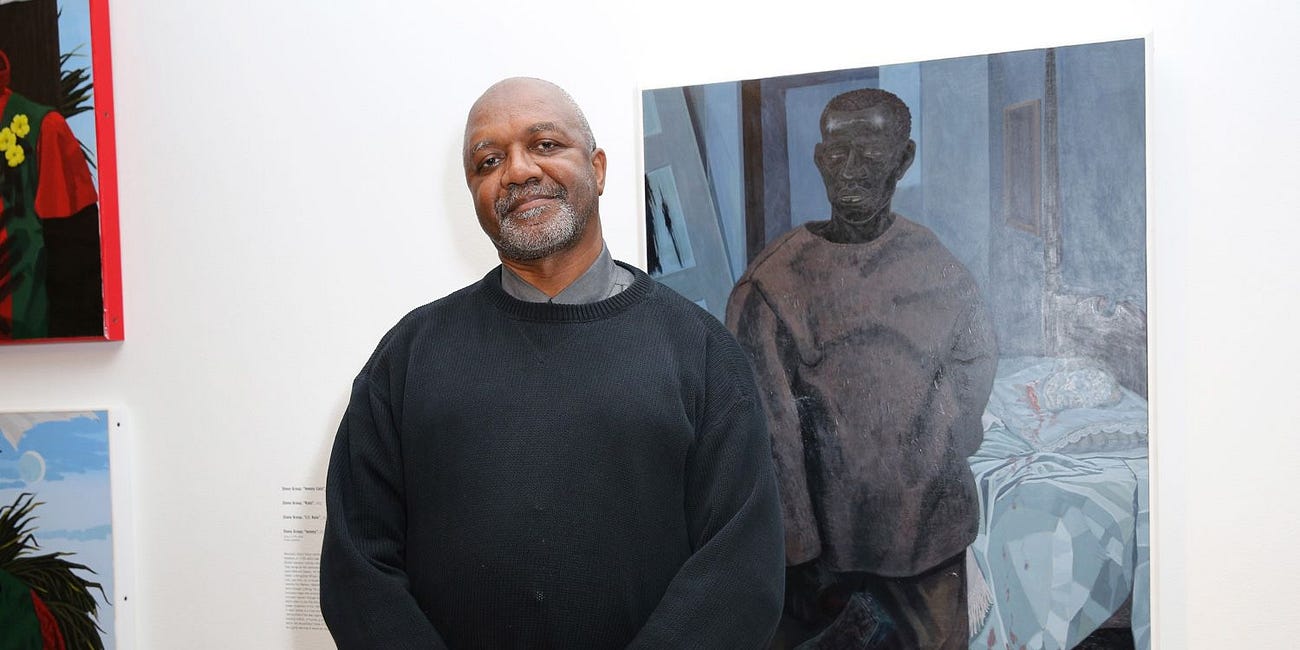
This is inspiring! And she’s a leap year baby! How kewl. Thanks for sharing!
Thank you for this series! There is so much art history that I'm sure I'd never see otherwise. Enjoying all these articles, even if I can't like every single one of them.